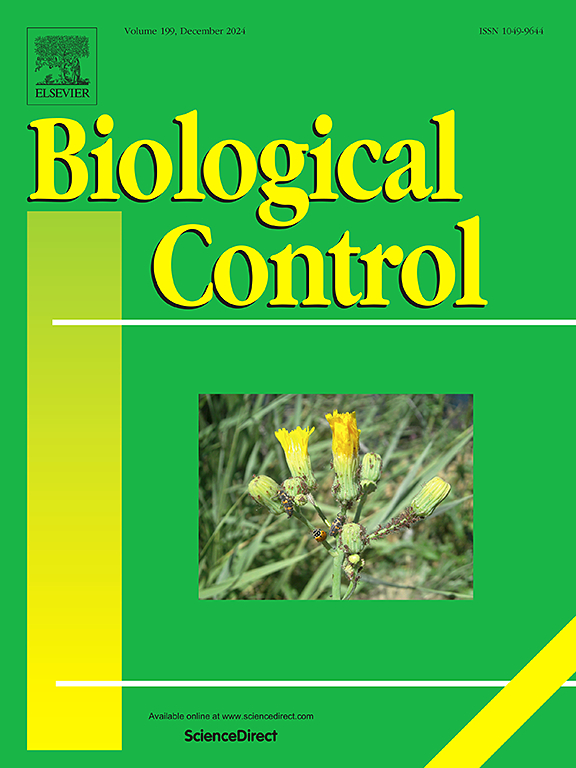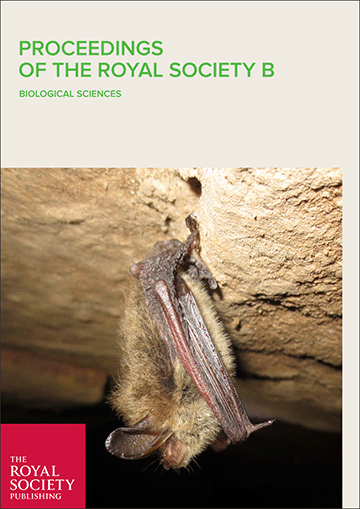- Conditionality is a key element of conditional cash transfer (CCT) programs and its use has broad political and social appeal. The use of intermediate indicators for ease of implementing conditionality and monitoring (e.g. school enrollment or visits to the clinic) may not fully capture the desired long-term outcomes (e.g. learning achievement or health indicators). The parallel for REDD+ is in choosing between simpler input-based conditionality indicators (e.g. number of trees planted, number of monitoring surveys carried out) or long-term outcome-based indicators (e.g. forest cover maintained, amount of carbon emissions reduced).
- Conditionalities can create substantive costs and there is mixed evidence on their effect. Their relevance and feasibility depend on contextual factors such as politics, and the feasibility, desirability and capacity of countries to set and monitor conditions.
- CCT programs often experience tension between efficiency and equity, where more complex eligibility criteria to ensure equity outcomes will entail higher costs to implement and to monitor. There is a similar tension for REDD+ in realizing objectives for effectiveness (e.g. households who are eligible based on their expected deforestation behavior) and equity (e.g. reaching the poorest households).
- Additionality is an important component of CCT programs, and there is some evidence of positive spillovers on the behavior and consumption of households that do not receive the transfer. The magnitude of these spillovers depends on uptake rates, counterfactual compliance and distribution of the opportunity costs of compliance. For REDD+, there is a risk of negative spillovers if targeting is perceived as unfair, particularly by those who may be non-eligible because of the non-additionality of their behavior before payments (e.g. forest stewards).
- The effect of additional cash inflows into a household economy has in some cases led to changes in consumption preferences that can have a negative impact on the environment, and in the case of REDD+, this could result in displacement of forest degradation activities elsewhere.
- Evidence from CCT programs suggests that packaging complementary measures may be an effective way to address multiple goals of improved health and education outcomes with poverty alleviation and resilience to risks. The potential for linking REDD+ with social measures is an attractive solution to avoid over-burdening the REDD+ agenda.
Download:
DOI:
https://doi.org/10.17528/cifor/005197Altmetric score:
Dimensions Citation Count:
Publication year
2014
Authors
Language
English
Keywords
cost benefit analysis, efficiency, equity
























